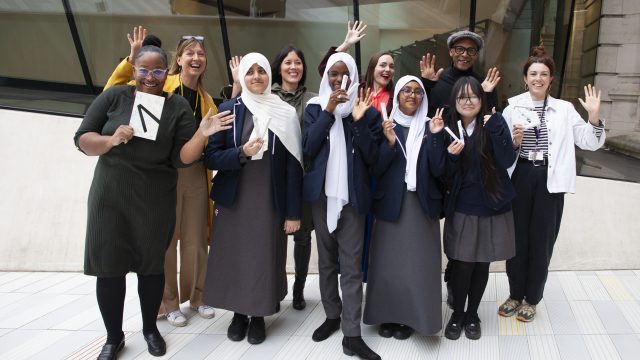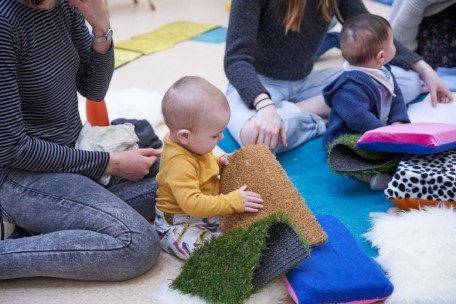Animation is everywhere at the moment – fire up your browser and adverts will move to catch your attention, animated blockbuster movies will be on every child’s and adults lips and video games will present you with uncanny representations of the world. All these things come down to a process which has roots in drawings over 5,000 years old and more sophisticated moving images which really started to emerge around 200 years ago. Bringing drawings to life has never really lost its magic…
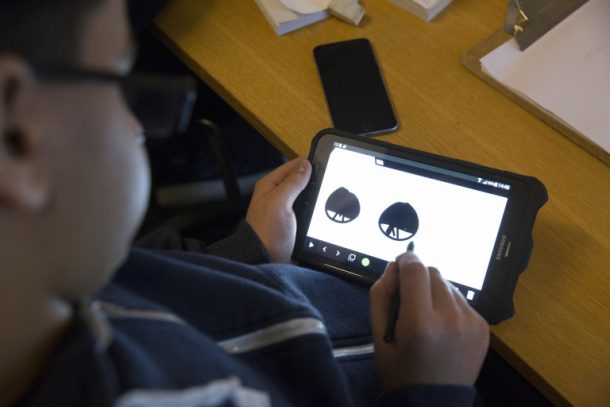
We invited in Ken Kirton from Studio Hato, a London based multi-disciplinary design studio, and Frankie Swan to work with 16 – 19 year olds as part of our Samsung Digital Classroom series to pick apart the basics of animation and look at how digital tools are revolutionising the animators job and opening up new possibilities.
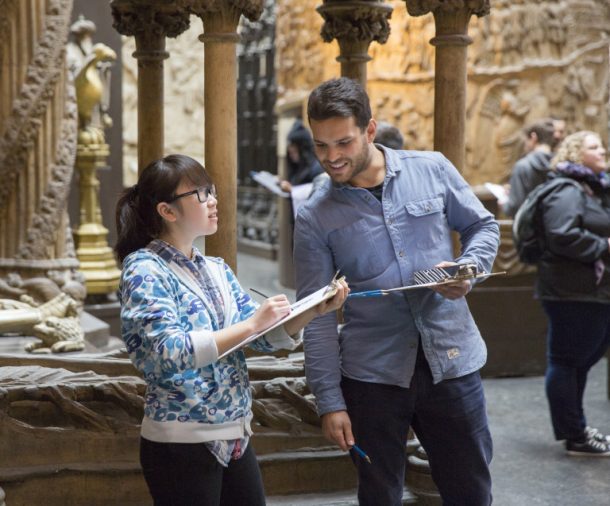
The day started with some warm up drawing down in our cast courts. Frankie stressed the importance of mark making and drawing to an animators work. Despite the prevalence of software and readily available pre-designed models and characters, understanding form, movement and being able to represent the idea on your head onto the screen or paper is still very important.
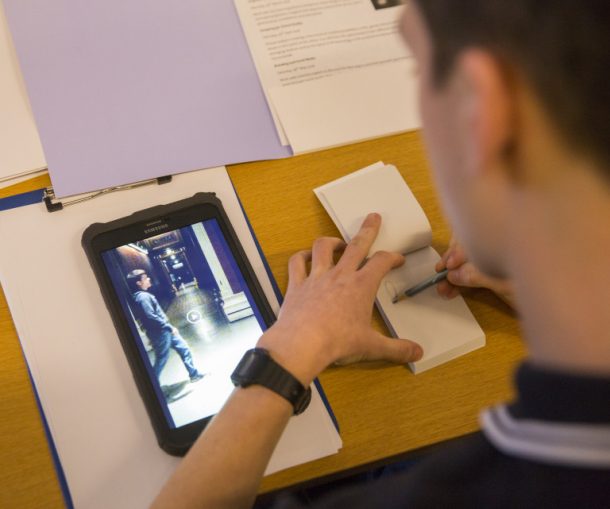
Back up in the studio, the group explored the basics of animation through flip books and looking at the 12 basic principles of animation. These principles come from Disney animators Ollie Johnston and Frank Thomas, who in 1981 published, “The Illusion of Life”, a book which has become the “Bible of Animation“. Looking at what makes great animation work, they distilled its essence into key elements that give scenes realism, dynamism and emotional resonance. For the curious, here they are:
Squash and Stretch / Anticipation / Staging / Straight ahead action and Pose to Pose / Follow Through / Slow In and Slow Out / Arc / Secondary Action / Timing / Exaggeration / Solid Drawing / Appeal
The classic exercise for all budding animators is the bouncing ball. How many of the principles can you spot in the diagram?
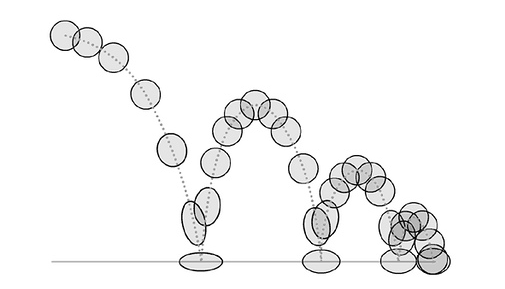
In the afternoon the group started to work on their own animations which put the principles of the morning into practice. By the end of the day, the class had produced their own collaborative animation which transitioned from one screen and character to the other. This process mirrored the type of collaboration that happens in studios where there might be dozens of people working simultaneously on a project and having to communicate at each step of its development.
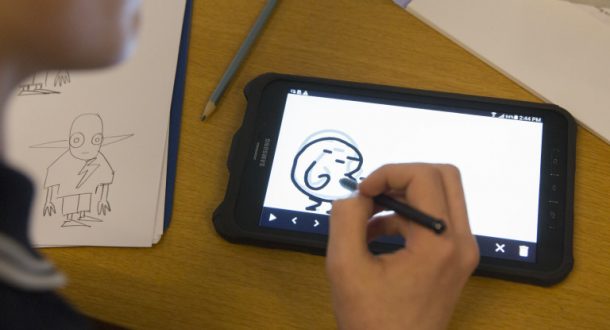

Frankie was on hand to share his experience of working in the field and his time studying. There were a lot of questions about how to get experience and a job as an animator and how to approach people. The advice was to keep on practicing and producing your own work to build up a portfolio. There are a lot of ways to get your work out there and get feedback, even if you are just producing short GIFs or 30 second long YouTube clips. Getting into the business is tough, especially for recent graduates and young people. Studios may be reluctant to bring someone in for work experience due to the high pressure in completing jobs and the level of supervision needed but that is not to say that it is impossible. Perseverance, patience and showing some passion can take you a long way.

The V&A Samsung Digital Classroom is a monthly programme of events for 16 – 19 year olds and offers contact with leading professionals working in areas of digital art and design. The workshops offer hands on skills, career and study advice and the opportunity to meet people who share the same interests. You can find out more about the sessions on this blog and if you’d like to join us then take a look at upcoming sessions here.

